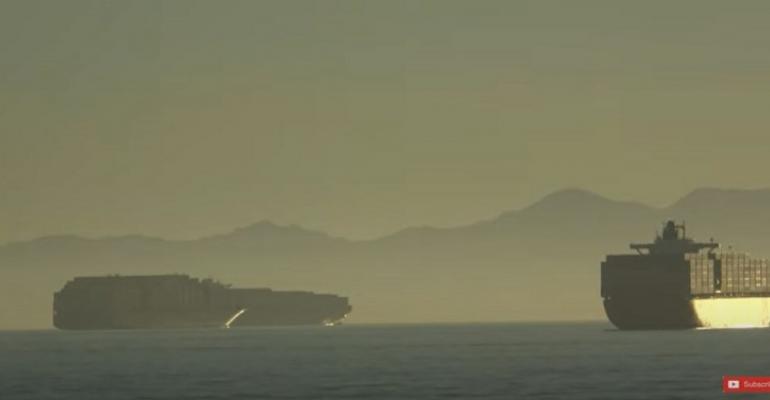This is down from the 32.1% average over the first half of this year but still above the 2016-19 average of 29.7%.
However, a breakdown of the figures reveals significant differences between ship sectors. In containers, for example, where congestion has caused major problems in regions including China, both coasts of the US and UK Continent, 33.9% of the fleet has been at port (in port or in an associated anchorage) so far this month, down from a record monthly figure of 37.2% in July and easing back towards the 2016-19 average of 31.6%.
Disruption still remains elevated, however, with capacity at port on the east coast of North America more than double the pre-Covid average, Clarkson said. Comparable figures for North America west coast so far in October are +66%, UK Continent +56%, and China +21%.
Bulk carrier congestion has fallen more sharply. During the first half of this year, 35% of the capesize/panamax fleet was at port but this has fallen to 31.2% in the month to date, Clarkson said. This is most of the way back to the pre-Covid 2016-19 average of 30%. Most of the fall is a result of reduced congestion in China, down 15% on the first-half average.
Congestion in other sectors has also eased, the Clarkson indices show although car carrier capacity at port has eased only by 0.1%, with 26.7% in port compared with the 2016-19 average of 22.9%.
In the multipurpose sector, about a fifth of the extra capacity at port in the first half is now at sea and, in chemical tankers, congestion is about 10% of the way back to the pre-Covid average.
Copyright © 2024. All rights reserved. Seatrade, a trading name of Informa Markets (UK) Limited.
Add Seatrade Maritime News to your Google News feed.  |

